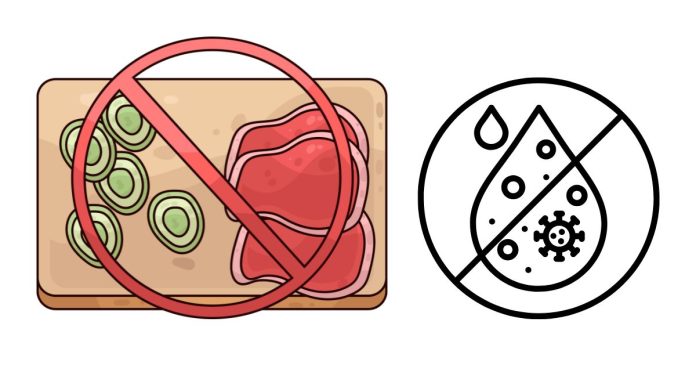Preventing Cross-Contamination in Storage Practices
Cross-contamination is a major concern when it comes to food safety, health, and cleanliness. It occurs when harmful bacteria, allergens, or pathogens transfer from one substance or surface to another. Improper storage practices are one of the main causes of cross-contamination, and being mindful of how we store food, chemicals, and other items can prevent potential health risks.
How Storage Practices Lead to Cross-Contamination:
- Storing Raw and Cooked Foods Together: One of the most common causes of cross-contamination is storing raw meats, seafood, or eggs alongside ready-to-eat foods in the same fridge or storage area. Bacteria from raw products can easily transfer to cooked items, making them unsafe to consume.
- Improperly Storing Chemicals and Food: Storing cleaning supplies or chemicals near food items can lead to contamination through spills, leaks, or contact. Always keep these items separate to avoid harmful substances coming into contact with food.
- Using Unclean Containers or Utensils: Reusing storage containers or utensils without properly cleaning them can also transfer bacteria from one food item to another, even if they seem harmless at first.
Best Practices to Avoid Cross-Contamination:
- Use Separate Storage Areas: Designate specific shelves in your fridge or pantry for raw and cooked foods to keep them from coming into contact with each other.
- Label and Organize: Clearly label food items and store them in airtight containers to prevent any cross-contact.
- Clean Regularly: Ensure that all containers, storage areas, and utensils are cleaned thoroughly before reuse.
Conclusion:
By adopting proper storage practices, you can significantly reduce the risk of cross-contamination. This not only helps maintain food safety but also promotes better hygiene and health in your home or workplace.


